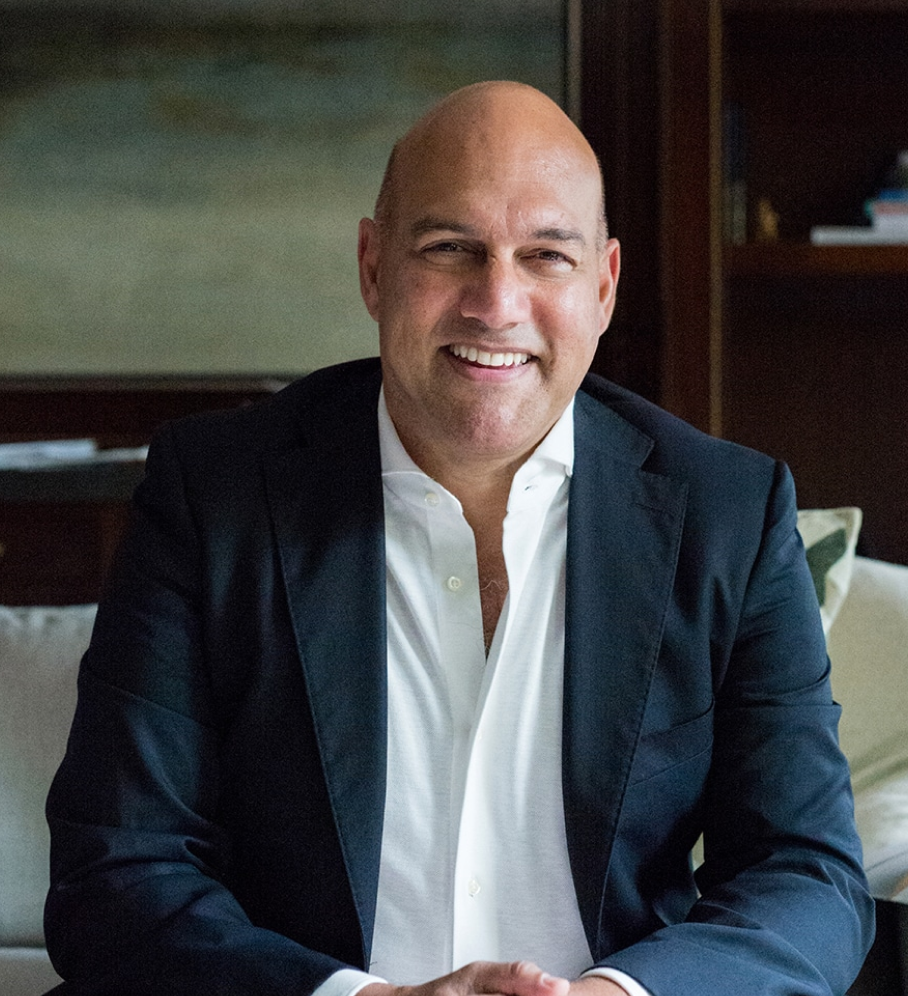Step 11 - Ask Key Questions Periodically
There are eight key questions you need to think about throughout your journey towards building your ExO startup. Successfully answering each one will get you closer to becoming an ExO:
-
Who is your customer?
-
Which customer problem are you solving?
-
What is your solution, and does it improve the status quo by at least 10x?
-
How will you market the product or service?
-
How are you selling the product or service?
-
How do you turn customers into advocates using viral effects and Net Promoter Scores to drive down the marginal cost of demand?
-
How will you scale your customer segment?
-
How will you drive the marginal cost of supply toward zero?
Again, that final question on that list is the most critical for an ExO. To be truly disruptive to the status quo and achieve the 10x scalability, some combination of IDEAS and SCALE must drive down the cost of supply exponentially.
A final word on timing: For any startup to be successful, it must combine requisite skills, hard work, and great market timing (especially when it comes to technology). As Ray Kurzweil says: “An invention needs to make sense in the world in which it is finished, not the world in which it is started.” This is a profound point, one often missed by founders. It is about understanding the evolutionary trajectory of technology. That is, what technology capacities will become feasible in two or three years, given the pace of Moore’s Law? When you develop a product with the near future in mind instead of the present, it greatly increases your chances of success. Bill Gross, the founder of IdeaLab, analyzed hundreds of startups and found that timing accounted for 42 percent of the difference between success and failure.
In the founding days of Singularity University, Peter and Salim had the chance to meet with the founders of Siri before it was sold to Apple. During that meeting, the Siri team explained that in the earliest days of Siri, they designed the product based on where they expected the technology to be in three years’ time. Put simply, if they had designed Siri based on the available technology, by the time it came to market three years later, it would have been out of date. They were skating to “where the puck would eventually be.”
Futurist Paul Saffo has said that most transformative (technological) inventions fail the first few times when launched and generally take fifteen years to be fully realized. Why? Various reasons: too early, bad timing, unproven business models, and integration issues—all resulting in a poor customer experience in an even poorer marketplace. Michiel Muller adds: “It takes a 9x improvement to move people from incumbent products to new products from startups.”
There is a certain threshold value that overcomes perceived risk, which is why we’ve set a minimum 10x requirement for starting Exponential Organizations.
Join Our ExO Community - Unlock Exponential Growth!
Traditional growth models risk obsolescence. Learn how to become an Exponential Organization (ExO) and drive innovation with disruptive technologies. Sign up now!
Organizations implementing the formula have delivered over
- ⭐ 6.8x high profitability
- ⭐ 40x higher shareholder returns
- ⭐ 11.7x better asset turnover
- ⭐ 2.6x better revenue growth








